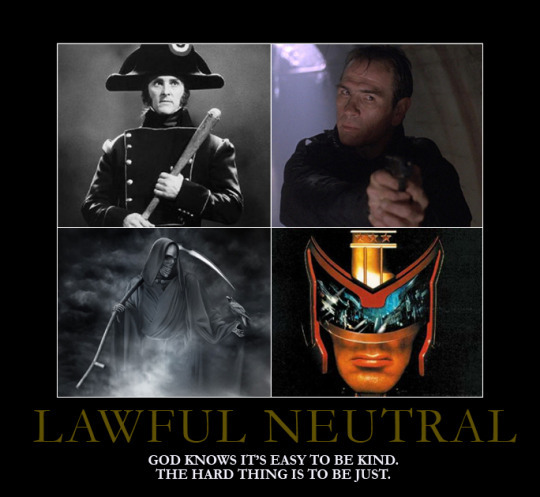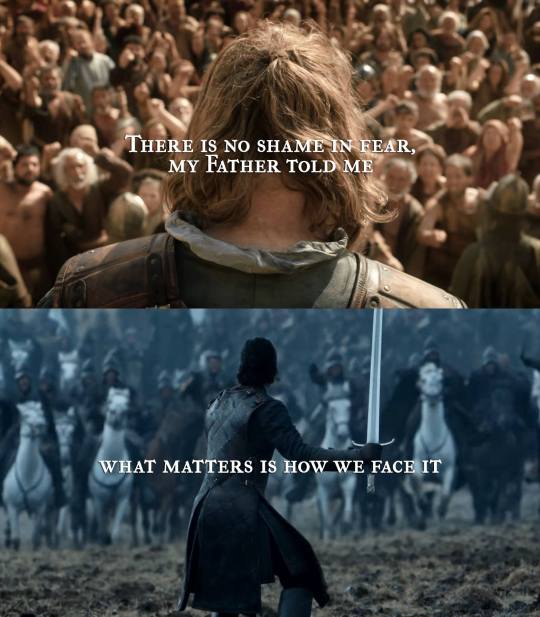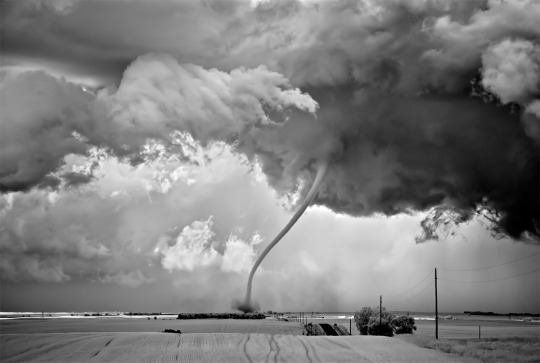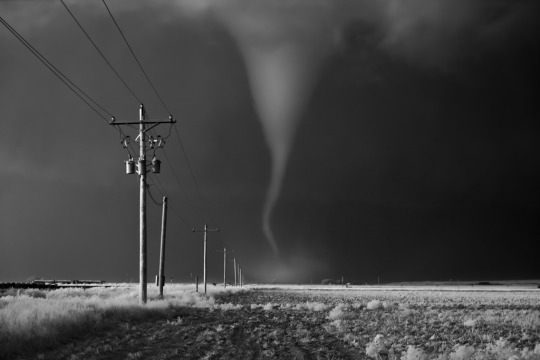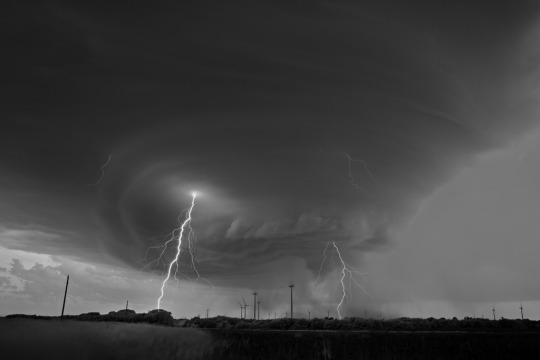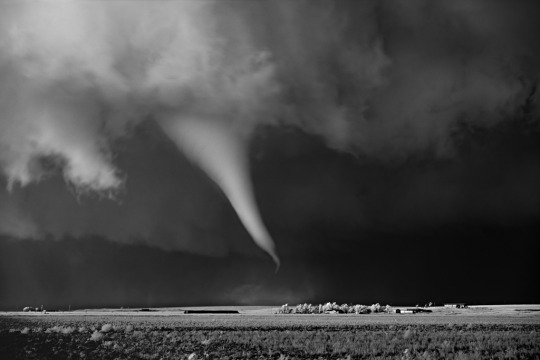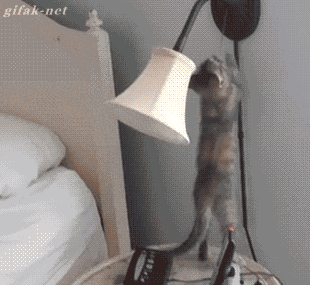Text
Narrating Combat in D&D
Combat descriptions are always difficult to come up with on the fly. Here is a guide with some tips and tricks to make your combat more interesting and dramatic!

image credit: Michael Komarck
Hit Points
When a creature or player gets hit by an attack, think about the situation surrounding the attack. Has the creature already taken damage? Figure out how much damage is being dealt before describing the attack. Is it a lot of damage or a little? How tough is the defender? is it merely a pinprick to them or a grievous wound? No matter how you slice it, hits always come back to one thing: Hit Points.
So something important that you should know about Hit Points: just because you subtracted “Hit Points” and they took “damage” doesn’t necessarily mean you actually drew blood. Most people always default to “you stab them in the face/chest/neck.” Well that’s a pretty gruesome and very lethal hit. Most creatures would probably just flat-out die from that. This isn’t a Tom & Jerry cartoon where creatures squash and stretch to absorb the damage.
To help ease into a creature’s eventual demise over a large span of Hit Points, try describing nonlethal ways that creatures and players “take damage.“ Have each attack wear down the creature. Only draw blood when a player lands multiple blows or rolled a high attack or damage roll (basically when the player feels good about their attack) or when they fall below half hit points. That’s why we use the term "bloodied,” after all! Here are some examples of some pre-bloodied attacks:
Your deft swordplay is wearing out the defender as they struggle to parry your strikes!
The creature is backed into a corner, its options for defenses running thin!
Their weapon is buffeted by your blows and knocked away. Now’s your chance!
The horseman is knocked from their mount, leaving them battered and bruised as they roll back to their feet!
Your ambush forces the orc to deflect your dagger with their bare hand to save itself. It yowls in pain!
Your mace clobbers the knight upside its head, dazing them as a metallic sound reverberates through their helmet! Backpedal in confusion.
The wizard wrinkles their brow as they deflect your attack with a hasty shield, this one weaker than the last. Their concentration seems to be failing!
Once a creature is bloodied, then you can start with the more lethal attacks. Save the head, neck, chest, and femoral artery hits for when the creature is about to die. But by all means, stab them in the kidneys, flay some muscle from their arm, chop off one of their antennae or extra limbs. Don’t be afraid to impart status debuffs for certain hits (even if the attack wasn’t necessarily a crit). For instance, if they take a leg wound they might have slightly reduced speed as they limp around the battlefield. Perhaps you cut off their hand or shot out an eye, rendering the part useless until they receive magical healing. Here are a list of almost-lethal places where I like to describe hits that works for most humanoids:
Hit Table (1d10):
1: Eyes: blind them for 1 round if just one eye, or permanently if both.
2: Ears: deafen them for 1 round if just one ear, or permanently if both.
3: Hand/Fingers: deny them the use of that hand. If they wield a two-handed weapon, they do so with disadvantage.
4: Arms: if just a wound, give them -1 to attacks with that arm. If the limb is chopped off, obviously they can’t use it.
5: Legs: half their speed. Reduce their speed to 5 ft. if the limb is chopped clean off.
6: Belly: reduce their speed by 5 ft. and give them the Poisoned condition.
7: Lower Back: no major negative impact, but they shouldn’t lift any heavy objects for 6-8 weeks.
8: Side Torso: no major negative impact, but they should definitely have that looked at for internal damage.
9: Shoulder: no major negative impact. Make sure they wear a sling so it heals properly.
0: Butt: hilarity ensues. They can’t sit down without immense pain.
Misses
Yes, it’s really fun to hit with an attack and roll high damage dice, but people oftentimes will remember a great missed attack just as fondly. In fact, a DM that doesn’t describe a miss could risk making that player feel left out or frustrated if they miss often. So make the misses memorable and dramatic.
Keep in mind what sort of weapon they were using when they missed, or what sort of things in the environment maybe got hit instead. Heck, maybe a miss might help their situation if they break something that puts them on the advantage! Maybe they hit a support beam instead of the gnoll. You have them roll for damage, and it’s a huge amount! The support beam snaps and rocks from the old mine start to cave in a 20 ft. radius! Have everyone roll DEX saves!
Something like that works especially well on a critical failure. Always describe a critical failure in a special way, maybe imposing a debuff on the person who missed or changing the situation somehow. A comical gaffe is always welcome here, as well.
Critical Miss Ideas:
Attacker strikes a nearby object instead
Attacker’s weapon becomes damaged or broken (unless it’s a magical item)
Attacker’s weapon becomes stuck or disabled for their next turn (maybe a sword stuck in a log or a jammed crossbow)
Defender knocks the weapons from the attacker’s grasp
Attacker accidentally strikes themselves for half the normal damage
Defender rolls out of the way, repositioning themselves behind the attacker.
Personality
Accentuate the creature’s personality by characterizing HOW they perform certain actions. A duelist might stab precisely for your thigh, but an ogre might swing a club clumsily. This can lead to comical gaffes, like the duelist yelling “ha-HA! …oh?” as their sword slips past you and they fall on their face, despite you just calling their strike precise. The ogre can easily miss their swing and because of the clumsiness you described causing them to follow through and spin around, getting dizzy and confused for a turn.
Consider how the creature is reacting to their current Hit Point status. Do they clutch at their wound? Do they punch their wound and roar at their attacker? Are they unphased by their wound like an undead? Are they on the ground writhing in pain?
Diving into the character of an enemy will help you guide both their combat decisions and how you narrate the action. Here are some common fighting personality tropes:
Cocky: A cocky creature is fearless, but to an extent where they may make mistakes. They will also likely taunt their enemies.
Clumsy: Big, dumb creatures or drunken brawlers will not pay any heed to their surroundings, maybe even be easier to fall prone or fall for combat tricks.
Stoic: A stoic creature is likely able to notice everything in combat as they approach the battle logically and without emotion. Think highly-trained warriors like knights or samurai.
Fearful: A fearful attacker is actively trying to get away from or avoid combat.
Fearless: A fearless creature is what you typically see of a heroic attacker.
Gleeful: A gleeful attacker delights in violence and will do whatever they can to cause pain.
Angry: An angry attacker will fight recklessly without regard to their surroundings.
Hungry: A hungry creature is looking for a meal. If they get seriously hurt, they will likely just leave to find easier prey.
Confused: A confused creature will be on the defensive. It wasn’t planning on fighting today.
Environment
Use the environment to guide combat. Even if your players aren’t clever enough to utilize the environment, that doesn’t exclude the enemies! And hey, if players witness what the enemies are doing, maybe they will learn to follow suit or just be inspired to fight more creatively. I actually had an NPC fighting alongside the players one time. They went into a cave with some bugbears around a smoldering campfire. He first kicked some of the embers up into one of the bugbears’ eyes, blinding them for a turn. Then he kicked a bugbear over a log and face-first into the fire. The other players were simply on autoattack mode, but were thankful for the debuffs provided by the creative use of environment.
I can’t really provide a complete list for this, as there are nigh-infinite combinations of generic objects that can be used to gain an upper-hand, but here is a link to one of my older posts about using environmental factors in combat!
For more content on narrating spellcasting in combat, check out this post!
6K notes
·
View notes
Photo

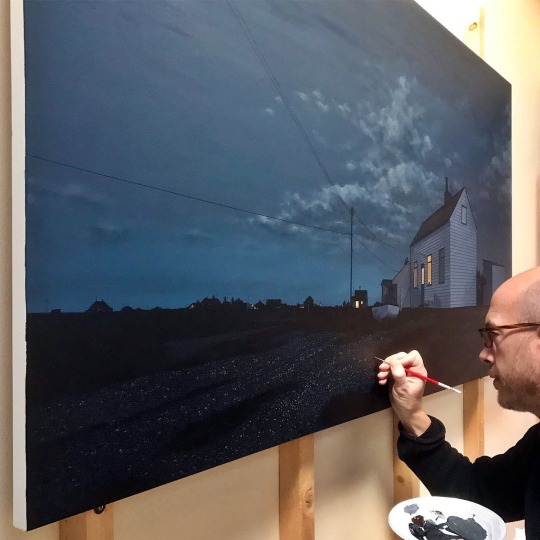

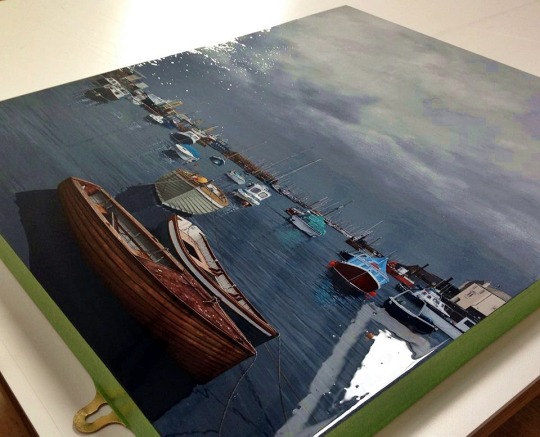
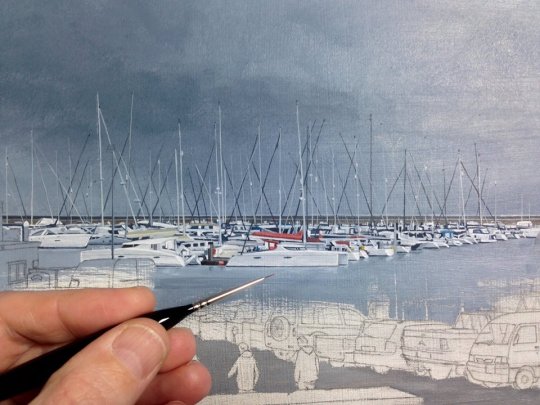


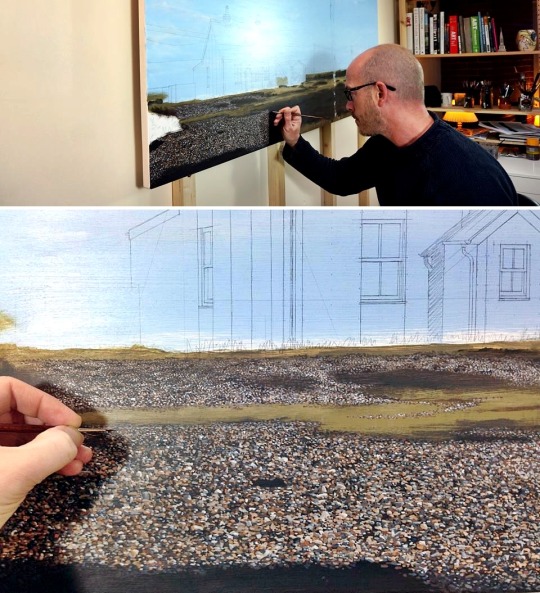


Hyper-Realistic Paintings by Darren Reid
Darren Reid is a British contemporary hyperrealist painter based in the Midlands. What makes Reid’s work so appealing to art collectors is the finesse, fine detail and application of paint to his pictures, which furthermore possess a remarkable realism. Each painting takes Reid around 250 hours to complete. The fact that on closer inspection his “photographic” rendition reveals layers of acrylic makes them all the more extraordinary.
Artist website: darrenreid.co.uk/
Stay up to date with Darren work by following him on Twitter:
twitter.com/Darren_Reid_Art
Art not only for connoisseurs. Posted by Margaret via
652 notes
·
View notes
Photo

While Vikings seems to waiver a lot on historical accuracy and did deliver a worrying boobplate at one stage, they do seem exceptionally adept at creating this kind of badass attire for shieldmaidens.
- wincenworks
1K notes
·
View notes
Text
D&D 5e: Roleplaying NPCs
Politics have always been a part of D&D whether you know it or not. It plays a huge part in the game! That’s why we have Persuasion, Deception, Insight, and even Intimidation skills! They influence people, and politics is all about influence. Here are some helpful tips for how to successfully pull off a more political campaign.
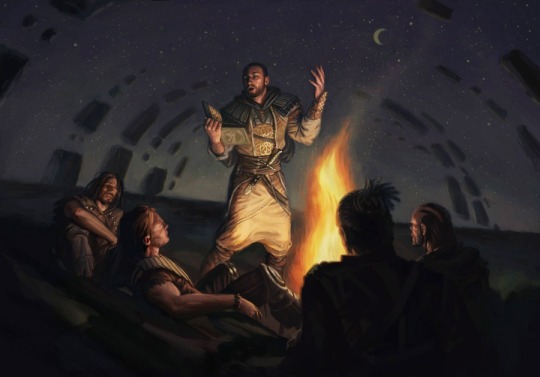
image credit: Eric Deschamps
Acting
Give your NPC some character as your roleplay them so players familiarize themselves with who they are talking to at any given moment. Use these two lists to combine vocal patterns or motor tics, or roll randomly in a pinch!
Vocal Patterns (roll 1d20)
Deep voice
High-pitched voice
Soft voice
Loud voice
Eloquent vocabulary
Simple vocabulary
Broken English (like an ogre)
Fast speaker
Slow speaker
Interesting accent
Flat voice
Flowery voice
Guttural voice (from throat)
Nasally voice (from nose)
Hoarse, sickly or gravelly voice
Tremulous (shaky, either afraid or excited)
Staccato annunciation (sharply detached sounds)
Legato annunciation (smooth, attached sounds)
Motor Tics (roll 1d20)
Talks with hands
Points a lot
Twirls hair/mustache, tugs on beard
Squints with one eye
Shrugs shoulders every few sentences
Claps hands or snaps fingers to make a point
Winks and grins often
Head is cocked to one side
Always hunched over
Clears throat before talking
Wets lips as if they haven’t spoken in a while
Plays with a ring or other piece of jewelry
Cleans fingernails while talking
Sniffs or snorts intermittently
Pushes up glasses
Spins a strung object around finger (pendant, coinpurse, cord)
Flips a dagger or coin in hand
Twirls a dagger or coin over fingers
Keeps hands in pockets
Looks past people or away from people when talking

The Cardsharps, Valentin de Boulogne
Decision-Making
What do I mean by decision-making? Well, your NPC is not meant to help the players. You don’t walk down the street and everyone you see greets you and offers to join you in your quest. People have their own goals, aspirations, their own LIVES. Give each NPC, especially the important ones, three things:
Goals
Your NPC should have an obvious goal that they work towards. Maybe that goal is to kill the queen and usurp the throne, or maybe it’s just to look out for numero uno and avoid all conflict. Either way, if your NPC has a goal, you can roleplay the character and make decisions based on that goal. If an NPC thinks giving the PCs that info they desperately need will help them further their own goal (or at least won’t interfere with it), then they will dish out the info. If not, then they might lie, give false information, skirt the subject, or even run. Moreover, if the PCs know what an NPC’s goal is, they can react to the DM’s roleplaying accordingly.
Secret Goals
Much like goals, secret goals guide an NPC’s actions. Secret goals, however, are not immediately explained to the PCs through roleplay or conversation. These make NPCs sometimes act contrary to how the players think they will. A merchant’s “goal” might be to make money for their family, but their “secret goal” might be to eliminate the competition by running other merchants out of business, but not so far as to kill for it. They might lie to the PCs about the fishmonger next door and say they are part of a criminal front, despite it not being true. Use secret goals for politics-driven campaigns or low-combat games, or just use them to make more interesting characters.
Personality Traits
You have heard about traits before. There are plenty of lists online where you can find examples of personality traits, especially creative writing articles and blogs, but here I remind you that a character’s traits will dictate how they act. A friendly character might be prone to help the PCs more than a grumpy character, despite any goals at the front or back of their minds.

image credit: Thomas Schmall
Passing Time
When your players leave town and come back, time passes. NPCs don’t stagnate until the players return. They have their own lives! Every new time that players interact with an NPC, make sure something has changed. Even something as simple as having them stub their toe a few minutes ago and they just feel really upset about the whole thing. Players will need to change how they approach the NPC, maybe with sympathy this time over their poor toe. A cleric might even be inclined to bandage it up or use a Cure spell if they are in downtime. Here is a list of alterations to your NPC that could happen in the players’ absence.
NPC Alterations (Roll 1d20)
NPC is injured
NPC’s wealth changes
NPC’s social status changes
NPC’s popularity changes
NPC’s profession/trade changes
NPC’s relationship status changes or progresses
NPC is currently in conversation with someone else
NPC is mad about something
NPC is excited about something
Someone close to the NPC dies or isn’t doing well
The NPC has moved to a new building/new town/new country
The NPC was attacked recently
The NPC witnessed something related to the PC’s plot
The price of tea in Waterdeep has changed
The NPC’s job/business is either doing well or not doing well
The NPC needs help from the PCs with something
The NPC is away at the moment
PCs run into the NPC somewhere else
NPC’s goals have changed slightly
NPC’s personality has changed slightly
1K notes
·
View notes
Photo
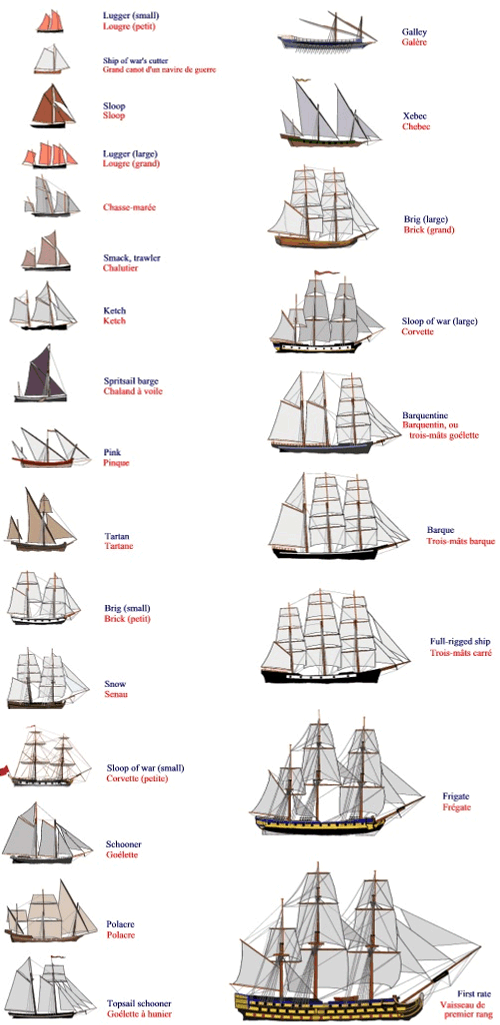


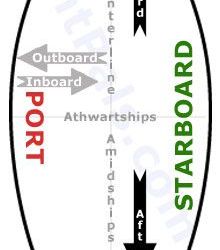
Types of Ships
Parts of the Ship
Wind Directions
Sides of Boats
60K notes
·
View notes
Note
Not a Trump supporter but Clinton did not deserve to win because of her shady dealings, lavish donations from the Saudi Royals and corruption in every branch of government. As well providing weapons to ISIS. I think that we all will be fine for now.

I don’t want to get into an argument. I don’t want to anger people here. But I will reply to this.
I understand that Hillary ahs had some issues, I get that. But Trump has more issues than her- including but not limited to a bankruptcy trial in November, a sexual assault trial in December, failing businesses, and more.
But that’s not why I’m scared or terrified. I’m scared because He said he grabs women by the pussy. And people brushed that off. I’m scared because he was to deport all Mexicans and Muslims- even the ones born and raised in this country. I’m scared because he reminds me of Hilter, and the rise Hilter had in Germany. I’m scared because he gets upset over twitter arguments, but we’re giving him the codes to our nuclear bombs.
I’m scared because in less than four years, it’ll be 2020, aka the twenties again, and I feel like all of our progress as a nation with race and sex and rights just got pushed back to the 1902′s.
You can feel how you want, I get that, and I’m not trying to change your mind. I’m just scared for all those reasons above-that’s why I wanted Hillary. Not Trump. So personally? I don’t think we will be fine. I don’t think we’ll be fine at all.
46 notes
·
View notes














